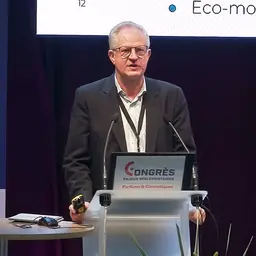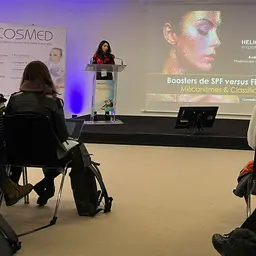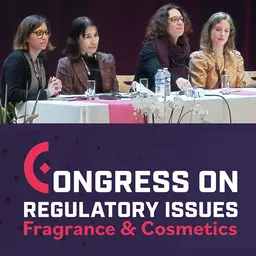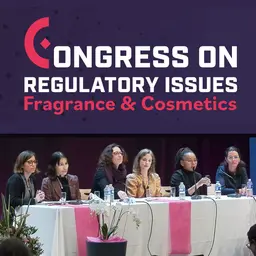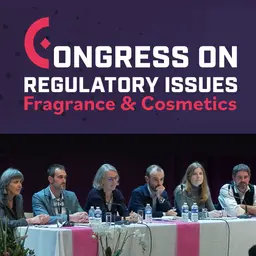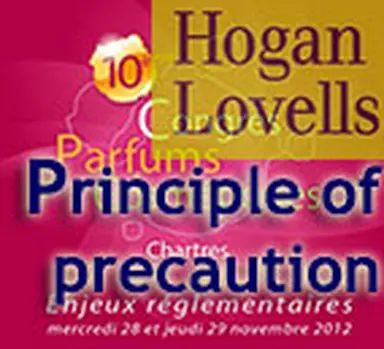
Potentially harmful substances and principle of precaution are not good friends. Especially when the former are more and more questioned by the consumers or authorities, while the latter is more and more often applied with its most stringent consequences. What are the risks for the industry? How can they guard against? This was the topic of a lecture by Sylvie Gallage-Alwis, a lawyer in Hogan Lovells, during the 10th Perfumes and Cosmetics Convention of the Cosmetic Valley.
The precautionary principle, or approach, often referred to as the principle of precaution, was born in Rio de Janeiro, in June 1992, during the Earth Summit. The Rio Declaration states that “in order to protect the environment, the precautionary approach shall be widely applied (…); lack of full scientific certainty shall be not used as a reason for postponing cost-effective measures to prevent environmental degradation.”
This same notion is found in the European Maastricht Treaty, in which it is stated that the policy of the European Union regarding the environment is "
based on the precautionary principle and on the principles that preventive action should be taken" …
It is found also in the French Code of Environment, and in the 2005 Charter for the Environment.
Thus, it is increasingly recognized that the principle of precaution, which implies possibly provisional actions and measures, can be applied as soon as harm could hurt the environment, even when the absence of scientific certainty makes it difficult to predict the likelihood of harm occurring.
From the Environment only … to our entire environment
Then, bit by bit, the principle of precaution has left its original domain to spread everywhere in the society.
From …

